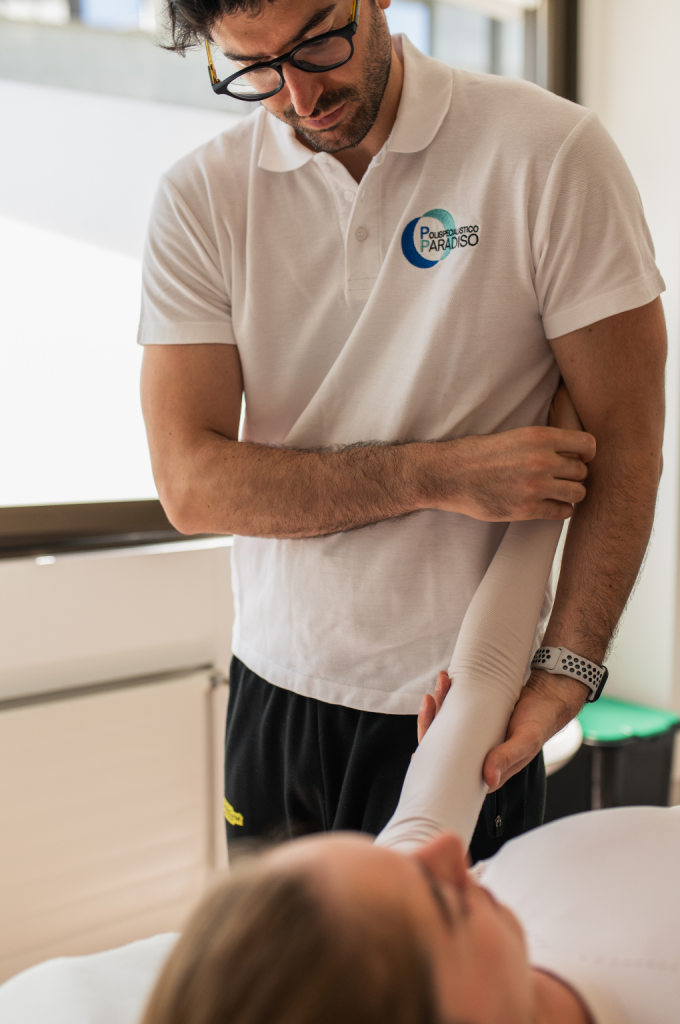In this article, we will explore a specific branch of physiotherapy: neurological rehabilitation.
Neurological physiotherapy focuses on patients affected by neurological or neuromotor disorders, that is, conditions involving the central and/or peripheral nervous system due to disease or trauma. Its goal is to manage and reduce symptoms (where possible) and to improve quality of life.
The range of conditions affecting the nervous system is broad: stroke, brain injuries and concussions, degenerative diseases (Parkinson’s, Alzheimer’s, multiple sclerosis), and each requires timely care and, ideally, a multidisciplinary team — different healthcare professionals working together to support the patient in every aspect of their health.
Without going into detail about each individual condition (which would deserve separate articles), here we will focus on how neurological rehabilitation can be beneficial for all patients experiencing these disorders.
The importance of neuroplasticity
One of the key principles of neurological physiotherapy is neuroplasticity — the ability of our nervous system to change both its structure and function in response to external stimuli, whether from traumatic injuries or pathological changes in the nervous system itself.
The physiotherapist’s role is to stimulate this “positive neuroplasticity” by encouraging processes such as synaptogenesis (creation of new connections between neurons), neurogenesis (formation of new neurons), and angiogenesis (development of new blood vessels). The aim is to improve both fine and global motor control (movement, sensations, perceptions), ultimately enhancing the patient’s independence in daily activities.
Intensive rehabilitation with clear goals can stimulate these processes through another principle, known as “habituation” — repeated and prolonged exposure to the same stimuli induces structural changes in the medium and long term.
The recovery timeline for nerve injuries is often much longer than expected: research shows that functional reorganization of the brain can occur even up to five years after trauma.
In many neurological conditions, rehabilitation primarily aims to slow disease progression and help patients maintain their basic motor abilities for as long as possible.
What tools does a physiotherapist have to support patients with central nervous system disorders?

High-intensity aerobic exercise has shown several benefits for people with conditions affecting the nervous system: from improving walking speed, stride length, and endurance, to enhancing psychosocial function and increasing brain growth factors. Activities such as group dancing and boxing, when performed at moderate-to-high intensity, have been shown to provide significant benefits. At the same time, physiotherapy, occupational therapy, strength and power training equip patients with the tools needed to remain as independent as possible in daily life—improving balance, reactions to external stimuli, endurance, and motor coordination.
Too often, especially in patients with these conditions, exercise intensity tends to be underestimated. Yet, just like the technical execution of a movement or the amount of weight lifted, intensity itself is a variable of training that patients can gradually acquire and express at higher levels over time.
Beyond what clinical guidelines suggest for structuring rehabilitation sessions in patients with neurological deficits, it is essential to remember that we are always working with people—and they should be treated as such. Exploring aspects such as fear of movement, anxiety about falling, and perceived effort during rehabilitation sessions is crucial. These factors guide the choice of exercises, load management, and—most importantly—place the patient at the center of the rehabilitation process, as an active participant rather than a passive recipient of treatment.
Final thoughts on neurological rehabilitation…
In conclusion, the tasks we assign to our patients must promote safety, challenge, and progression. The brain will not change without challenge, without expectation, and without success… so let’s get our patients moving.


